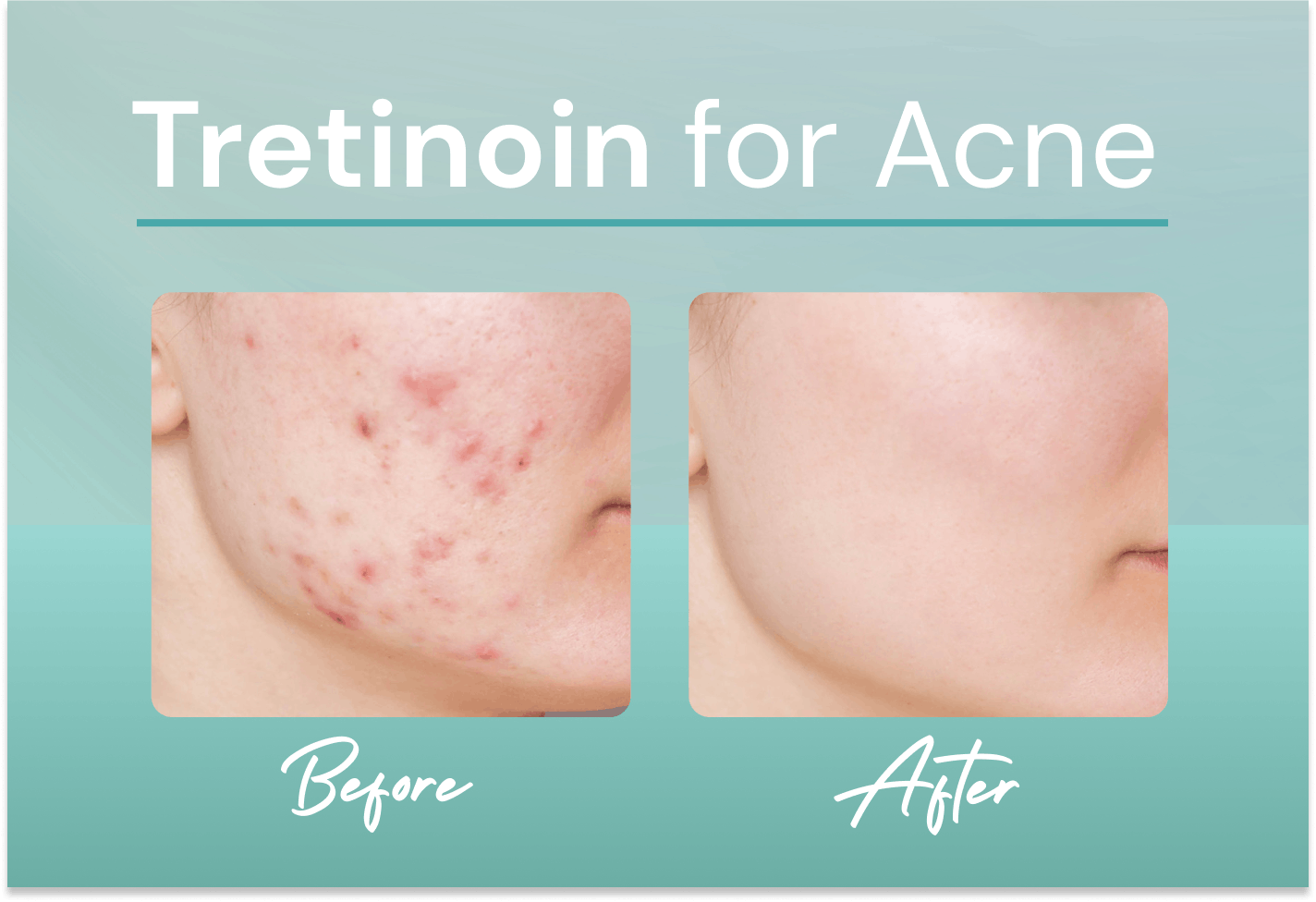What is dry skin?
Dry skin occurs when the skin loses too much water or oil. Skin generally gets drier as we agel, during the winter, and in low-humidity climates such as the desert.
Dry skin can have the following symptoms:
• Rough, scaly, or flaking skin.
• Itching.
• Gray, ashy appearance in people with dark skin.
• Cracks in the skin, which may bleed if severe.
• Chapped or cracked lips.
In addition to losing that hydrated and soft look, when dry skin cracks, germs can get in through the skin. Once inside, those germs can lead to an infection, noticeable by red spots on the skin. If you feel your skin drying out, it is critical that you restore lost moisture - This can make the skin softer, smoother, less itchy and far less likely to crack.
Tips to care for dry skin
Use luke warm water
Did you know that hot water removes your natural skin oils more quickly? Warm water is best for both bathing, and quick showers (less than 10 minutes)..
Be good to your face
If you have very dry skin, rinse your face with cold water every morning, and cleanse your face once a day, at night. Always be gentle with your skin, patting dry and never rubbing or scrubbing!
Use a mild soap
When deciding on what soap to buy at a store, look for a mild, fragrance-free soap or cleanser that moisturizes. Deodorant bars, strong fragrances in soaps, and products containing alcohol can strip natural oils from the skin, resulting in dry skin. Exfoliating soaps that feel like sand can also cause damage to the skin.
Shave after bathing
Rather than before, it’s best to shave after bathing when hairs are soft. To lessen the irritating effects of shaving (face or legs) on dry skin, make sure you use a shaving cream or gel. When possible, it’s always best to allow the product to remain on the skin about 3 minutes before you start shaving , and remember to go in the direction that the hair is growing. The typical lifespan of your razor blades should be around 5-7 shaves in-order-to help minimize irritation.
Moisturize right after washing
To retain moisture from a bath or shower, apply an ointment or cream while the skin is still moist, within 3 minutes of drying off.
Look at the ingredients in your moisturizer
A moisturizer that contains urea or lactic acid may be helpful for anyone who has very dry skin as these ingredients help the skin to hold water. Moisturizers with these ingredients are available both over-the-counter and by prescription..
Use a humidifier
Keep the air in your home moist with a humidifier.
Soothe chapped lips
Apply a lip balm that contains petrolatum (also known as petroleum jelly or mineral oil) before bed. Remember: Lip care is skin care, too!
Keep skin protected when outdoors in winter
In the cold, wear a scarf and gloves to help prevent chapped lips and hands.
What can happen if my skin gets too dry?
In some people, areas of extremely dry skin can lead to other skin conditions such as dermatitis or keratosis pilaris.
Dermatitis
Dermatitis or inflammation of the skin can cause an itchy rash or patches of dry skin.
When dermatitis is present, your dermatologist may prescribe medication such as a corticosteroid (a type of cortisone) or an immune modulator (tacrolimus, pimecrolimus). Applied to the affected skin, these medications can relieve the itch, redness, and swelling, but using a moisturizer on a regular basis can prevent dermatitis flares in the first place!
Keratosis Pilaris
Keratosis pilaris are tiny, flesh-colored or slightly red bumps that give the skin a texture like sandpaper. Sometimes called “chicken skin,” keratosis pilaris occurs most often when the skin becomes very dry, as each tiny bump is a plug of dead skin cells.
Not only is Keratosis Pilaris more common in children and teens, but it is also more common in the winter and low-humidity climates. If you notice small bumps appearing on your upper arms, thighs, or even your cheeks, it’a a good choice to speak with a Board-Certified Dermatologist.
How does a dermatologist treat keratosis pilaris?
To start off, keratosis pilaris is harmless. You may want to seek treatment to relieve the itch or improve the appearance of these tiny bumps, but as for the condition itself, there is nothing to be too concerned about.
Moisturizers that contain urea or lactic acid are often effective and may help with dryness and itching, but these unfortunately will not clear bumps. A mild chemical exfoliant, either a product containing salicylic acid or those prescribed or recommended by a dermatologist, can effectively remove the excess dead skin and get rid of the bumps. Topical (applied-to-the-skin) retinoids also may help.
While dry skin can be effectively treated, must repeat treatment often or the keratosis pilaris will return. Some patients respond to treatment better than others and for many, keratosis pilaris goes away by adulthood!



